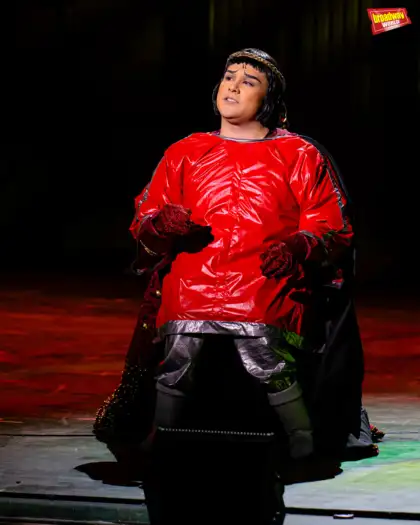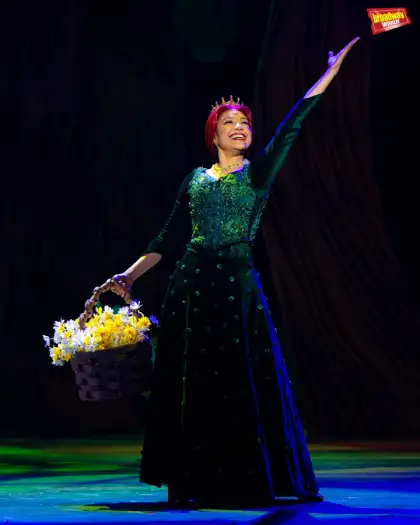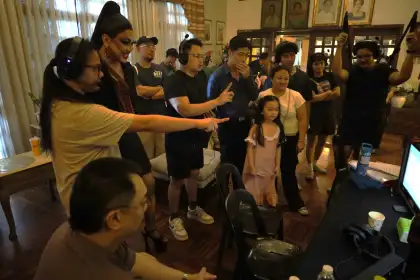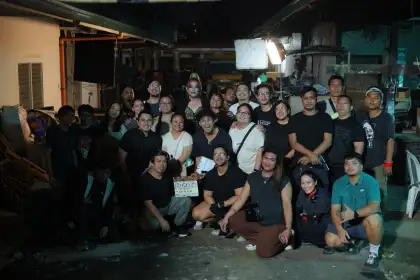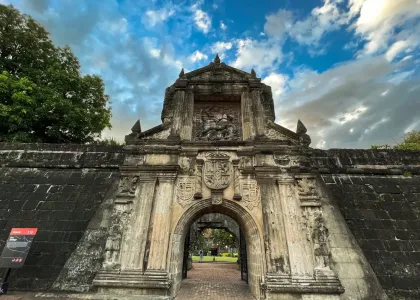Why PH History Deserves the Spotlight: Historian Xiao Chua Weighs In

Have you ever imagined a Filipino historical fiction teleserye centered on Filipino mythological figures with a modern twist? Or a series where Filipino aswangs are not only dramatized but also humanized? How about a movie set during the early Spanish colonial era where Filipinos still believed in animism and practiced witchcraft?
Sounds like stories that today’s audience would eat up, right?
When “Maria Clara at Ibarra” aired back in 2023, there was a renewed interest in Jose Rizal’s magnum opera, the “Noli Me Tangere” and “El Filibusterismo” and the Philippines was swept up in a renewed enthusiasm for Philippine history. Similarly, “Pulang Araw” captured the audience’s attention with its narrative being at the forefront of the Japanese Occupation of the Philippines during the Second World War.

The popularity of these GMA Network TV series proves that our country’s past and history have a wealth of stories that can still resonate with today’s viewers. These historical dramas, which the Philippine entertainment industry has a severe lack of, showed that when these productions are done with creativity and authenticity, this genre has the power to entertain, educate, and even inspire.
This success then begs the question: What other chapters of Philippine history are waiting to be rediscovered and dramatized? There is still so much in our country’s history found in literature that remains unexplored on screen.
The Beat Asia had the opportunity to chat with Prof. Michael Charleston "Xiao" Chua, a Public Historian and Assistant Professor at De La Salle University-Manila (DLSU), who shared their perspectives on the untapped potential of historical narratives, the dramatization of Philippine history, and what makes historical narratives relevant today.
The Appeal of Historical Dramas
Now, we’re aware of the success and influence of historical dramas recently. Since the release of Jerrold Tarog’s 2015 film “Heneral Luna,” today’s generation has been clamoring for more movies and series with historical narratives. Xiao explained that it’s because history also talks about the present.
“We love historical dramas because the historical dramas actually reflect also why we are here, why is the present like this? In 'Maria Clara and Ibarra,' for instance, when Klay entered the world of 'Noli Me Tangere' and 'El Filibusterismo,' we see the past in what’s happening in the present. So we are able to compare, we are able to see the differences and similarities, and, in a way, we reflect."
Historical dramas don’t just appeal to audiences through historical accuracy, Xiao emphasized. They captivate through artistic interpretation. Quoting writer Manolo Quezon, he added, “It’s arriving at the truth through make-believe.”
The Risks of Glamorizing and Oversimplification
There is always a risk to dramatizing history, despite it sparking interest in the audience. Xiao stressed that oversimplifying complex events into simpler narratives can also become distortion.
“That’s why,” he said, “Even in series, it should be fully contextualized on why things were happening, so people will understand why that happened. It is also important to note that history is not only about the actors of history, but also about the context of why the protagonist is affected. Because what sometimes happens is that it’s about personalities, the audience fails to see the historical context, which is much more important."
Exploring Stories Unknown
As Philippine dramas and movies now continue to explore historical narratives, the question of which chapters of our past remain untapped arises. If you’ve noticed, our historical films and series often gravitate toward iconic periods and figures, such as the Spanish colonial era with heroes like Jose Rizal and Andres Bonifacio, and the figures during the Philippine-American War such as Emilio Aguinaldo, Antonio Luna, and Gregorio del Pilar. We’ve also seen stories adapted from Ancient Philippine history.
While these stories are significant, they only represent a fraction of the Philippines’ history. With so much of our history still being untold and are yet to be adapted on screen, we asked the professor: Which historical period in Philippine history do you think has the most untapped potential for film or TV adaptation — and why?
His answer: the Post-War era.
"We already have ancient Philippine history…We have ‘Heneral Luna,’ that’s been pretty much explored already. What hasn’t been explored for me is the Post-War [era]. Neo-colonialism, because we already have a lot of war dramas," he explained.
Xiao also shared a personal suggestion for a historical series or film, focusing on the political struggles and transition from Elpidio Quirino to Ramon Magsaysay — a period often glossed over in history books.
"That’s when you can see how the Americans were meddling in politics. You know, the HUKBALAHAP rebellion, the conniving, the Cold War context. It was very dramatic, with Magsaysay betraying Quirino, his 'uncle,' like that," he said.
He added that this era could do well as an action film or series, tackling the crime rates of the time, widespread corruption, Cold War tensions, and the drama surrounding the HUKBALAHAP rebellion.
When asked about other “Philippine heroes” who could be made films or series about, Xiao mulled over having a series about women in Philippine history.
"At the top of my head, maybe Josefa Llanes Escoda, for example. Women, I wish there was a series about women heroes. Tandang Sora, Teresa Magbanua…so it could be about women this time," he elaborated.
Where can our Philippine historical series and films go from here?
As we uncover more stories in our history, one thing inevitably becomes clear: the power of these historical narratives goes beyond entertainment. They give us a chance to understand the intricacies of our past, reflect on our present, and eventually shape our national identity.
But these productions always face the challenge of balancing accuracy with audience appeal. Relying solely on accuracy risks losing viewer interest, while prioritizing marketability over substance diminishes its value.
For Xiao, who has served as a historical consultant for various productions, the solution is striking a balance between the two. He emphasized the importance of blending historical accuracy with relevance to connect the past and present.
The success of recent historical dramas and films like “Heneral Luna,” “Goyo: Ang Batang Heneral,” and “Maria Clara at Ibarra” have undeniably sparked a renewed interest in Philippine history, giving hope for more stories to be dramatized and brought to life.
These productions have also paved the way for a deeper appreciation of our past, becoming examples of how stories from different eras can still be relevant and resonate deeply with today’s audiences. But are these selections enough to set the direction for the future of Philippine historical dramas? Do they serve as strong stepping stones for even bolder and more diverse explorations of our history?
For Xiao, while what we have now is a good start-off point, these films may not always be commercially viable. And as well all know, at the end of the day, it's still a business.
There are a couple of things that recent Philippine historical dramas have done right — bridging history with the present and sparking conversations about our patriotism. Whether they use material from iconic eras or dramatize underexplored eras such as the Post-War era or reimagine mythological tales with a modern twist, the possibilities for this genre are endless.
The question is, are our filmmakers and storytellers ready to do just that? Even more importantly, are film production companies and producers ready to bank these films? Although, maybe it’s also up to the public to support these stories, too. If anything, we cannot wait to see more historical dramas and films in our screens — television or cinema.
Get the latest curated content with The Beat Asia's newsletters. Sign up now for a weekly dose of the best stories, events, and deals delivered straight to your inbox. Don't miss out! Click here to subscribe.



















